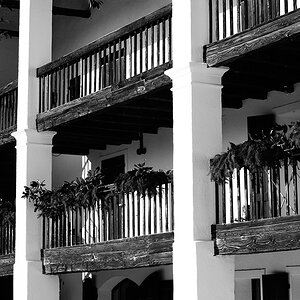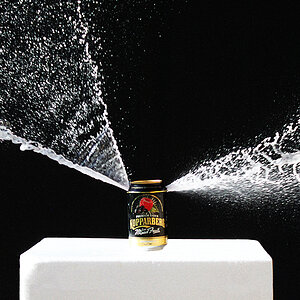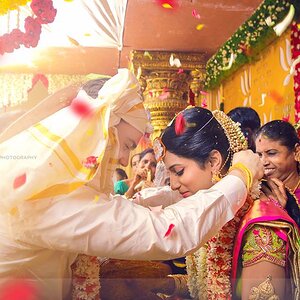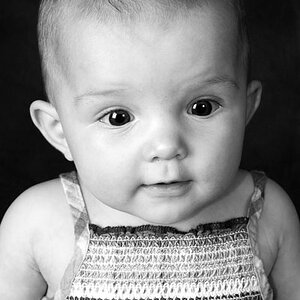TCampbell
Been spending a lot of time on here!
- Joined
- Mar 31, 2012
- Messages
- 3,614
- Reaction score
- 1,556
- Location
- Dearborn, MI
- Can others edit my Photos
- Photos OK to edit
Hi Guys,
I have now followed the same workflow and uploaded the results for the 610 and 810. If I was going to buy Nikon at the moment I'd be buying the D750 The newer 810 and 610 outperform the old 800 but I think NIkon are right when they said the newer sensor in the D750 is better. As mentioned on the page I suspect that the test Dx0 and dpreview etc perform are very short exposures in comparison. If I was going to buy a Canon, the 5Dm3. The 6D holds up well for shorter periods and beats the 5D, but at 5m I think the 5D has less noise.
What you want is a modified camera that has had it's normal terrestrial use filter removed and replaced by a filter more appropriate for astro-imaging... regardless of camera brand or model. I have a Canon 60Da ... but the Gary Honis website describes how to modify many Canon Rebel models (substantially less expensive than the cost of a Canon 60Da).
Back when I was still shooting my 5D II, I was over at a friend's house and we were using his observatory. There had been a recent supernova in a distant galaxy some 23 million light years away and another friend (not me) had been over to his house the night before and they had imaged this using his Canon 60Da. I had my 5D II with me the following night and thought I'd see how the 5D II stacked up against his 60Da. We had the exposure info from the 60Da and were using the same telescope. We dialed in the exposure, took the long image and got... almost nothing at all on the image. Puzzled... I doubled the exposure and re-shot. I had a VERY faint image but it was nothing compared to what he got with the 60Da. I tripled the exposure time... this time I got an image that was better... but still not as good. I had to quadruple the exposure but now I had so much noise that the 60Da didn't have that it was crazy.
It turns out the filters on a terrestrial camera are designed NOT to gather all the light... but rather to mimic the sensitivity of the human eye. The human eye is most sensitive around the middle of the spectrum around 450nm wavelengths (green light -- which is why we use green lasers because that's the laser that allows us to easily see the beam.) As you approach the blue/violets or the reds on the opposite side of the spectrum, our sensitivity drops off. Approximately 90% of all atoms in the universe are hydrogen atoms. The dominant wavelength for these atoms is the Hydrogen alpha wavelength at 656nm. A terrestrial camera filter is trimming about 80% of the light at that wavelength because they *start* trimming just slightly before the 500nm point and ramp down the transmission as they approach the 700nm end of the visual spectrum (that's where visual ends and the near-infrared begins). But 656nm is being mostly blocked. When you use a modified camera, the camera is some 4-5 times more sensitive and you use drastically shorter exposure times... and that really cuts down on the noise.
I eventually ordered my own 60Da and I always have to be careful when people ask me about exposures with the camera because I realize that if they're using a normal (unmodified) DSLR, they're not going to be able to use the same exposures I can use.
If you can afford it, then what you REALLY WANT is a dedicated astro-imaging camera (e.g. SBIG, Finger Lakes, Apogee, etc.) who make dedicated monochrome imaging cameras with cooling systems that can drop the chip temperature some 40ºC below ambient and use filter wheels which are able to use RGB + Luminance filters or (even better yet) narrowband filters which are able to pull in amazing images even in light polluted skies. These cameras aren't cheap (many are over $10k) but they blow the doors off even the very best DSLRs (even modified DSLRs). But even those are still considered "cheap" in comparison to truly professional grade equipment.


![[No title]](/data/xfmg/thumbnail/38/38266-292dc43125dad0d89dbd806503618171.jpg?1619738549)
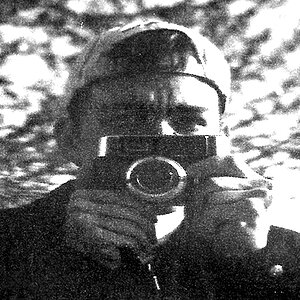
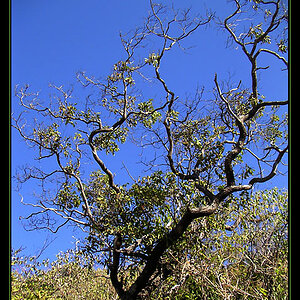
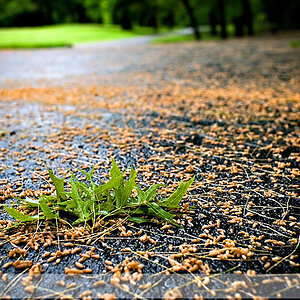
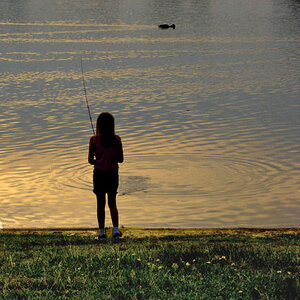
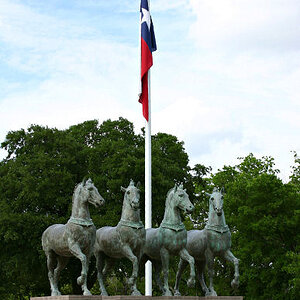
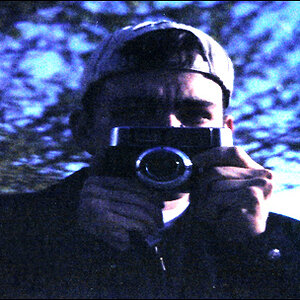
![[No title]](/data/xfmg/thumbnail/37/37603-739c5d9b541a083a12f2f30e45ca2b7b.jpg?1619738147)
